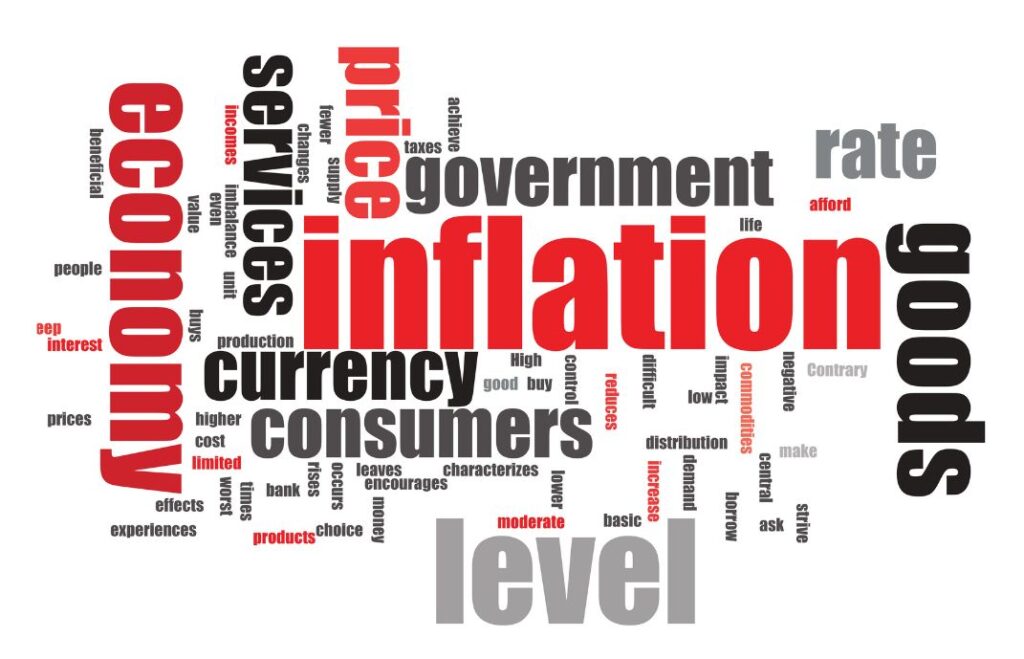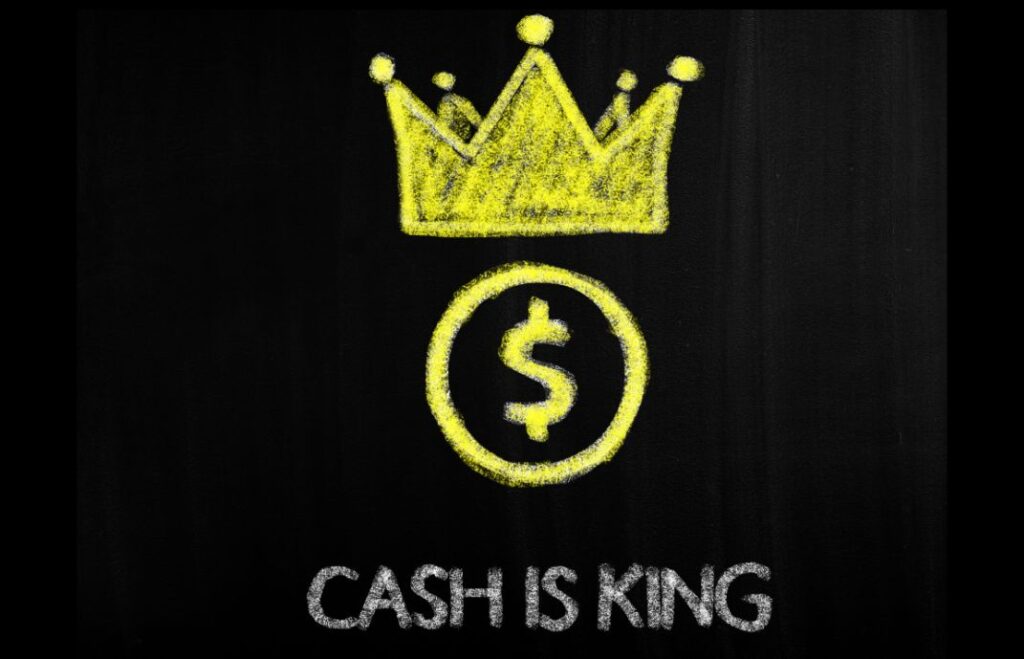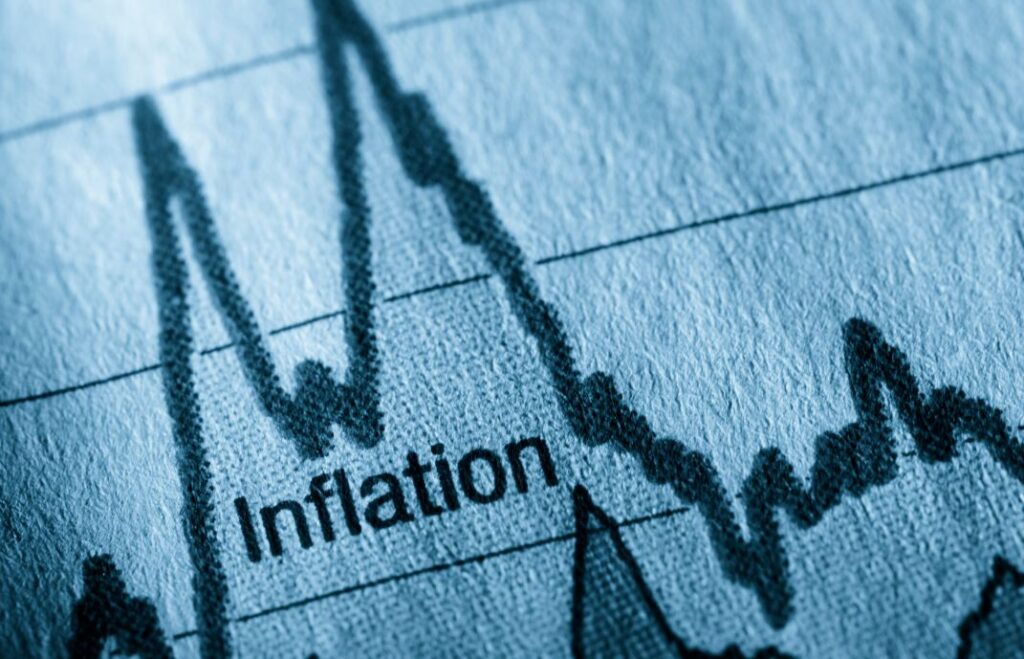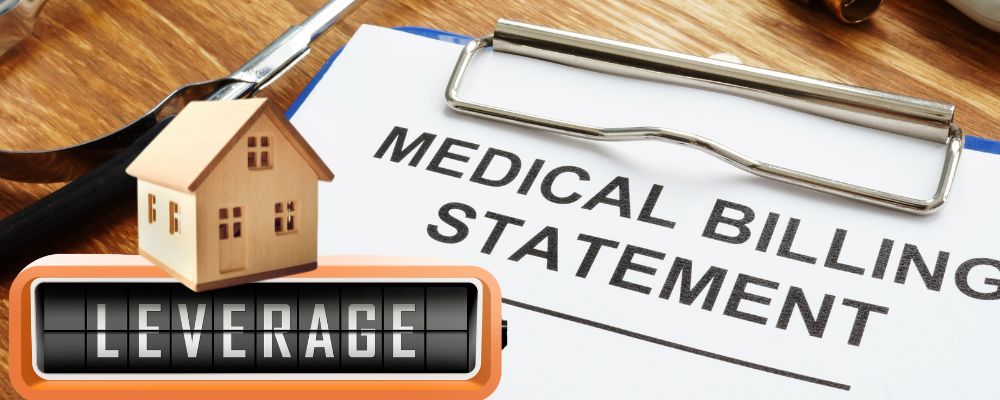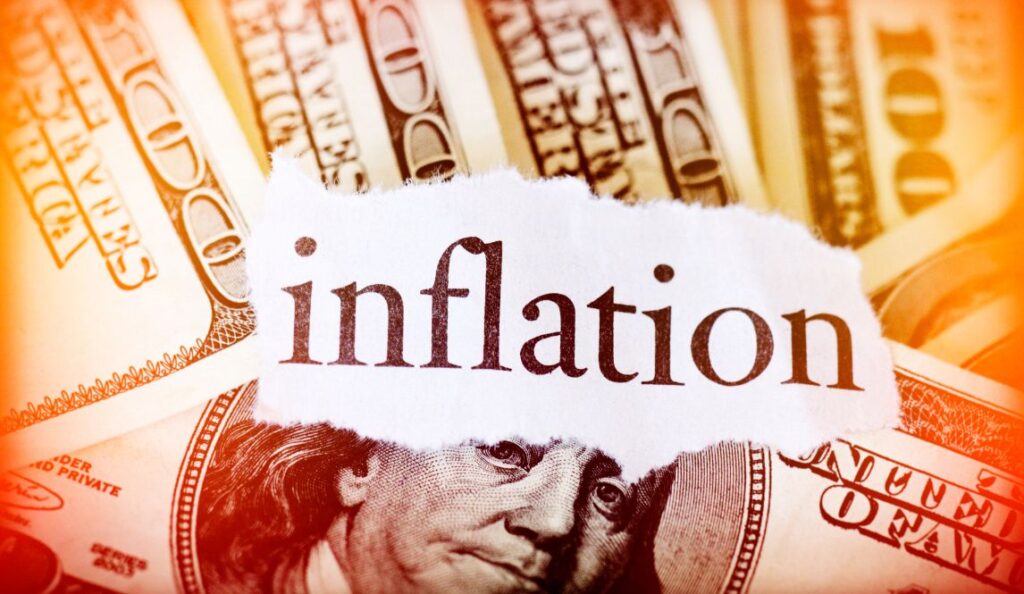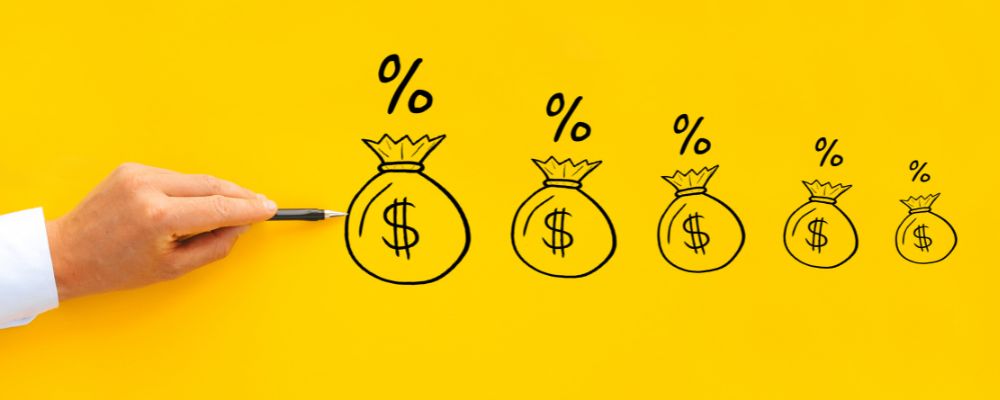
By Rick Tobin
Almost every housing boom and bust cycle over the past 100 years was directly related to access to third-party money sources. When rates are low and the loan approval process is more flexible, home values tend to be high. Conversely, higher rates and tighter loan approval processes usually make home prices stagnant or declining.
The average 30-year fixed rate over the past 50 years was about 7.7%, which is actually much higher than today’s 30-year fixed rate average that is about 1% lower as of the first week in August 2025.
The peak high 30-year fixed rate over the past 50 years reached 18.63% in October 1981, while the low rate average fell to 2.65% in January 2021.
On August 7, 2025, the 30-year fixed rate fell to a 6.63% rate average, as per Freddie Mac and the NAR. This was the lowest 30-year fixed rate average in about 10 months dating back to October 2024.
article continues after advertisement
The Fed’s Next Move
The next three scheduled two-day Federal Open Market Committee meetings held by the Federal Reserve in 2025, where interest rate directions will be discussed, will be on these dates:
● September 16-17
● October 28-29
● December 9-10
The FedWatch Tool, which is managed by the Chicago Mercantile Exchange (CME), now forecasts a 94.4% chance of a rate cut at the next Federal Reserve meeting to be held on September 16 and 17. This is partly due to a combination of weakening and revised past jobs reports, rising consumer debts and delinquencies, and increasing risks of future inflation trends.

On August 1, 2025, voting members like Federal Reserve Governor Lisa Cook shared that the recently revised jobs report from the Bureau of Labor Statistics (BLS) was a bit “concerning” to several Fed members. The BLS had provided a downward revision of its May and June payroll figures by a combined 258,000 jobs, which was the largest jobs reporting correction since 1968.
Back at the previous Fed meeting in July 2025, the Federal Open Market Committee (FOMC) decided to keep interest rates unchanged and within the 4.25% to 4.5% rate range. By early August 2025, the future near term probability of a rate cut skyrocketed to a 94.4% chance of at least a 0.25% rate cut and only a 5.6% chance of no rate cut at the next September meeting.
Some financial analysts believe that the Fed may be inspired to start cutting rates as much as 0.5% at a time and/or will continue cutting rates at the final three scheduled Fed meetings here in 2025 if the U.S. economy is seen as weakening more so than strengthening. This is partly due to the fact that the Fed is usually just as concerned about unemployment trends as they are about core inflation numbers.
Rising Home Inventory Numbers

Has there ever been a time when there is so much contradictory published data about real estate trends that can be viewed as both positive and negative at the exact same time as most metropolitan regions hit all-time record price highs?
There were 4,000,000 homes listed for sale as active inventory in 2007. Here in 2025, there are approximately 1,500,000 homes listed for sale. However, there are also 45 million more people across the nation today.
The vacant and distressed shadow inventory supply of U.S. homes absolutely dwarfs the national home listing inventory supply by a significant multitude. A recent study conducted by the Federal Reserve Bank of New York found that the average redefault rate over 12 months after a previous loan modification approval for a subprime mortgage-like mortgage was 56%.
Many homeowners have been able to keep modifying their delinquent mortgages for more than four years without making one payment. At some point, lenders and loan servicing companies will start filing foreclosure on a larger scale and the national home listing inventory supply will start to rapidly rise.
There were 500,000+ more U.S. home sellers than buyers in June 2025. How will these number trends look later this fall and winter?
The Declining Dollar

The US dollar has lost more than 28% of its purchasing power since 2020, as per the Truflation US Aggregate Inflation Index. Sadly, the purchasing power is declining at a faster pace now by falling somewhere between 10% and 11% through just the first seven months of 2025.
The M1 money supply (cash or cash-like instruments) went from $4 trillion in January 2020 to $20 trillion just 22 months later in October 2021. The more money in circulation, the less the purchasing power.
Upwards of nearly 1/3 of your savings has been severely damaged in half a decade between 2020 and 2025. Inflation is also akin to a hidden form of taxation.
The imploding value of the dollar over the past 50 years is a major factor why home prices have skyrocketed well above the annual published inflation rates. Historically, homes have been an exceptional hedge against inflation. Fifty years ago, $1 had the same purchasing power as 7 cents today here in 2025.
Real estate, however, is usually an exceptional hedge against inflation as homes have historically increased in value at least more than double the published inflation rates over the past 50 years.
article continues after advertisement
Interest Rate & Home Value Directions
Home values and interest rate trends are usually inverse to one another. When rates are low, home price directions are likely to rise. Conversely, rising rates can cause home values to fall. The 30-year fixed mortgage rates are tied directly to the 10-year Treasury yield, which is inverse to price and demand, while the Federal Funds Effective Rate impacts short-term consumer loans more. Many times, these different rates rise and fall together.
Even if the Fed pivots and starts aggressively slashing rates, a housing bottom tends to take somewhere between 24 and 48 months on average following a Federal Reserve rate cutting campaign such as the rate cuts after the 17 separate rate hikes between June 2004 and June 2006. From 2008 to 2015 when rates were near zero, it took upwards of seven years for some housing regions to rebound following the final June 2006 rate cut.

Record Home Equity and Locked-In Owners
U.S homeowners are now sitting on almost $35 trillion in net equity with or without existing mortgages in place. For homeowners who are locked in with sub-5% 30-year fixed mortgage rates, they may be hesitant to sell and lose these 5%, 4%, or 3% fixed rates.
For others (California homeowners, especially) who have built up equity far greater than the primary home sale capital gain exemption amounts ($250,000 for individuals and up to $500,000 for married couples filing jointly), they may be reluctant to sell and pay capital gains taxes on amounts over and above these maximum capital gains tax exclusion numbers.
In past housing downturns, the key factors that caused the price drops included:
* Rising home listing inventory (the distressed “shadow inventory” continues to be artificially suppressed and slowly released)
* Increasing unemployment numbers (the true unemployment rates are much higher than the published government data as I’ve said for decades)
* Rising foreclosures that later became neighboring home sales comps which, in turn, may drive down the non-distressed home values as well.
* Increasing “upside-down” or “underwater” homes where the mortgage debt exceeds the current market value. In California, it’s easier to walk away from a purchase money mortgage (the rules change, however, once you refinance your original California purchase loan) because the lender cannot pursue you for any financial losses and obtain a deficiency judgment like in other states like Texas.
* Unaffordable mortgage payments
What about long-term rate directions?

Please keep your eyes squarely focused on the next few Fed meeting decisions as well as the direction of the 10-year Treasury yield, which is a direct catalyst for the 30-year fixed mortgage rate directions.
Even if the Fed takes short term rates down to near zero again like in past years, the 10-year Treasury yield may still increase due to factors such as fewer foreign buyers for our Treasury bonds, rising federal debt, and future credit downgrades by credit rating agencies such as Moody’s, Standard & Poor’s, and Fitch.
The potential for any future credit rating downgrades for our federal debt may, in turn, drive bond prices downward and 10-year Treasury yields and corresponding 30-year fixed mortgage rates higher.
Money is needed to get you into and out of your real estate properties whether it originates from a mortgage broker, bank, equity fund, or your savings account. The more affordable the access to cash, the more likely that home values may rise rather than fall in either the short or long term.
We shall see what happens with future rate and home value trends. While there are no guarantees for real estate and life in general, the only constant in life, and also for rates, is change.

Rick Tobin
Rick Tobin has worked in the real estate, financial, investment, and writing fields for the past 30+ years. He’s held eight (8) different real estate, securities, and mortgage brokerage licenses to date and is a graduate of the University of Southern California. He provides creative residential and commercial mortgage solutions for clients across the nation. He’s also written college textbooks and real estate licensing courses in most states for the two largest real estate publishers in the nation; the oldest real estate school in California; and the first online real estate school in California. Please visit his website at Realloans.com for financing options and his new investment group at So-Cal Real Estate Investors for more details.
Learn live and in real-time with Realty411. Be sure to register for our next virtual and in-person events. For all the details, please visit Realty411.com or our Eventbrite landing page, CLICK HERE.























